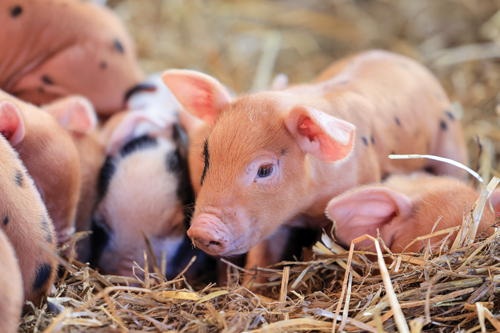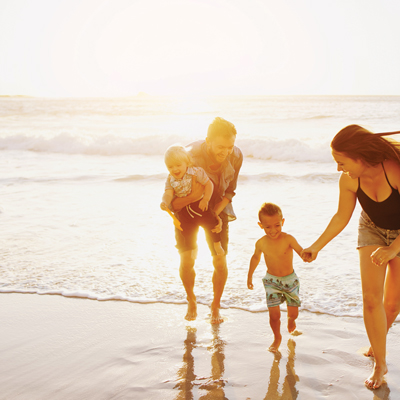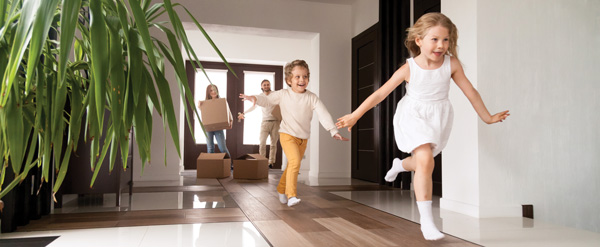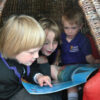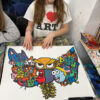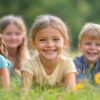
Expert psychologist tackles misunderstanding of growing condition
As the NHS grapples with an overwhelming rise in ADHD and autism self-diagnosis, Dr Selina Warlow, a leading psychologist specialising in neurodevelopmental conditions and founder of The Nook Clinic, is calling for an urgent shift in how we talk about ADHD. With more than 230,000 people in England now taking ADHD medication, and an estimated 2 million living with undiagnosed ADHD, she warns against dismissing the condition as “a quirky personality trait”.
Dr Selina is issuing a bold statement against the growing trend of trivialising ADHD as self-diagnosis soars across the country. Misunderstandings around the condition, she warns, risk dismissing the very real struggles faced by those affected. She points to the rise of ADHD being portrayed as ‘quirky’, could be a harmful narrative with social media platforms like TikTok contributing to misconceptions, where over half of popular ADHD videos contain misleading information.
ADHD is not a fleeting behaviour about being forgetful or fidgety, nor is it a fun social media trend – it’s a serious neurodevelopmental disorder that deeply impacts people’s lives. The casual remarks like “Isn’t everyone a bit ADHD?” belittle the real struggles individuals face in both personal and professional settings.
The NHS is reportedly struggling to meet the rising demand for ADHD assessments, with experts warning that mental health services can’t keep up. Since 1998, there has been a nine-fold increase in autism diagnoses and ADHD diagnoses are rising sharply. But, despite these statistics, ADHD continues to be trivialised, particularly through misleading content on platforms like TikTok – where 52% of the 100 most popular ADHD-related videos are inaccurate.
“The term ADHD is being thrown around as a quirk or personality trait,” Dr. Selina emphasises. “But for many, it’s a daily battle. Formal assessment and diagnosis and tailored support are critical to help people thrive, especially when nearly 80% of those with ADHD in the UK remain undiagnosed.”
With around 1 in 20 adults potentially living with ADHD, Dr Selina is calling for a national conversation grounded in facts rather than myths.“We need to move beyond casual self-diagnosis and ensure people who are struggling with symptoms of ADHD have access to assessments and support.”
Dr Selina’s expertise comes at a crucial time when the conversation around ADHD needs to shift from entertainment and myth to facts and support. She truly believes that we need to move beyond the stereotypes and support those living with the condition by recognising their strengths and providing the right support and care.
For further information about the Nook Clinic please visit www.thenookclinic.co.uk

